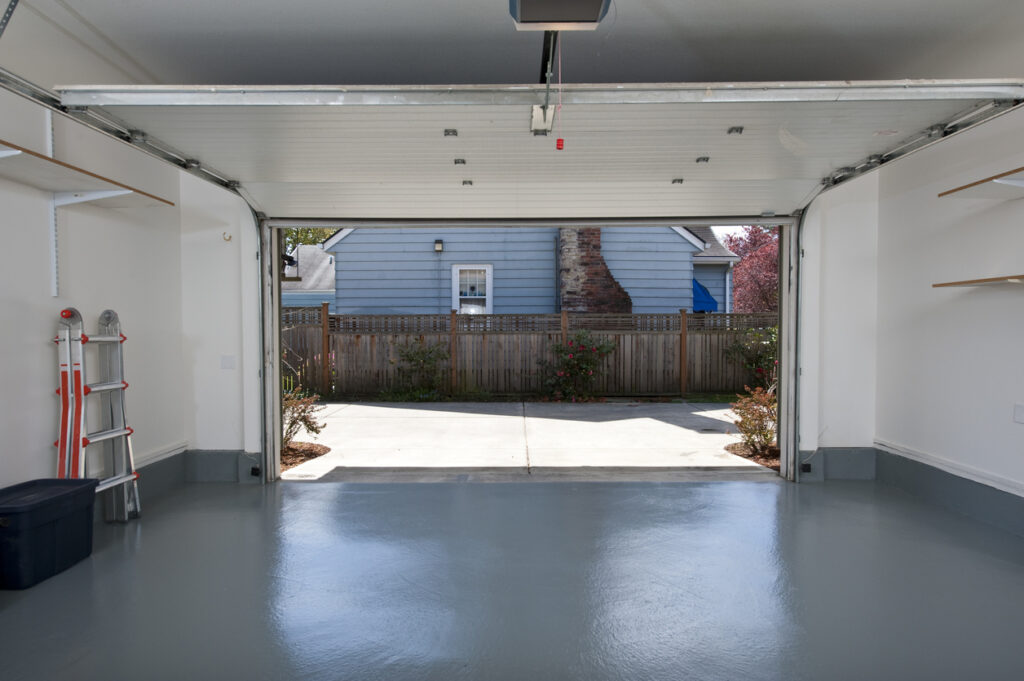6 turn the up limit switch screw clockwise by one turn for every 3 inches that you need the garage door to raise up with a flat blade screwdriver.
Garage door opener reopens after closing.
Close the garage door with the opener and watch it closely as it closes.
But changes in weather conditions can causes your garage door components to shift or contract.
Most garage door openers have an open and close limit control.
If the door stops short of closing lengthen the close limit by turning the control knob in the direction indicated usually counterclockwise.
Check to make sure the chain belt assembly is not broken or off its pulley.
If the garage door does not close completely or begins to close and then opens back up again the down limit switch needs.
This will cause the door to open and close until the button becomes unstuck.
Set the step ladder under the garage door opener in your garage and use it to access the up and down limit switch adjustment screws located on the side of the garage door opener motor housing.
It goes partway down reverses direction and goes back up again.
The button can easily get dirty and stuck in the pushed position.
Replace broken chain belts sprockets or pulleys.
If not re engage it.
Opener runs but the garage door does not move screw drive models make sure the carriage is engaged.
Your garage door is programmed to travel a certain distance before it closes.
Clean the button as well as the connections in the housing if this is the case.
This is almost always the result of a dirty or obstructed safety feature.
This is a built in safety feature that is there in the event that something or someone gets in the way of the closing door.
To troubleshoot the garage door opener button make sure it s clean and free of debris.
If pushing the wall button and holding it does not make the door fully close then it is quite possible that your door is reversing itself because it is sensing undue resistance.
If it closes before that distance has been traveled it thinks something is wrong and it reopens to help prevent any damage or safety risk.
They are usually on the motor housing and you access them by opening a panel or removing the housing cover.









